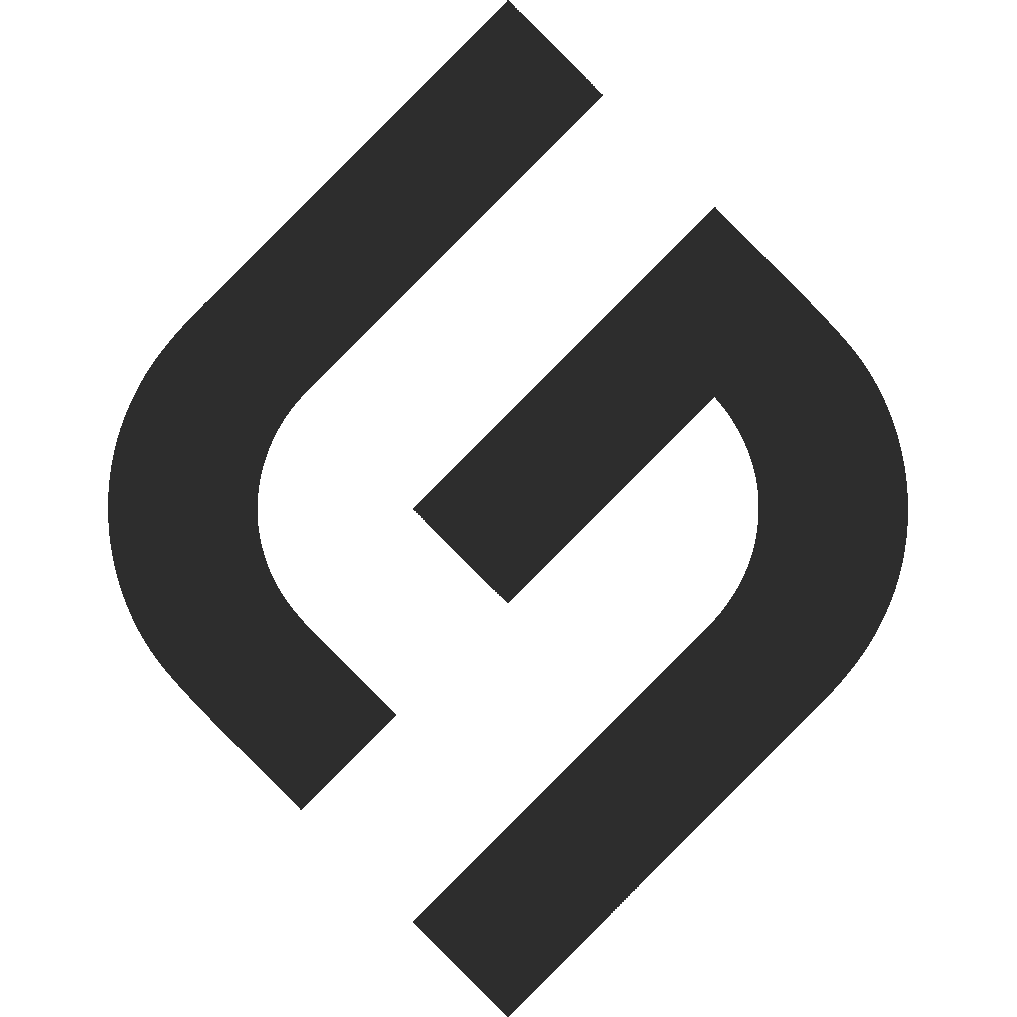Understanding Workspaces, Boards, Groups, and Items in monday.com
monday.com is a powerful Work OS (Work Operating System) that helps teams plan, track, and deliver projects. To get the most out of it, it’s important to understand its basic building blocks: Workspaces, Boards, Groups, and Items. Each element plays a specific role in organizing and managing your workflows.
Let’s break each one down clearly.
What Is a Workspace?
A Workspace is the highest-level container in monday.com. Think of it as a digital office space where different teams or departments can manage their boards without overlapping with others.
Key Features of Workspaces
• Separation: Great for separating different teams, departments, or large projects.
• Permission Control: You can control who has access to which workspace.
• Organization: Each workspace can have its own boards, dashboards, and docs.
When to Use a Workspace
• If you have multiple departments like Marketing, Sales, and HR.
• When you want to keep client projects separate from internal tasks.
• To organize work in large companies with many teams.
What Is a Board?
Inside a workspace, you’ll find Boards. A board is a place where you track tasks, manage workflows, and collaborate with your team.
Key Features of Boards
• Customization: Choose your columns (status, person, date, text, etc.) based on your needs.
• Collaboration: Assign tasks, leave comments, and update statuses.
• Visibility Settings: Boards can be Main (public within the workspace), Private, or Shareable (with external users).
When to Use a Board
• Managing a project like “Website Redesign” or “Marketing Campaign Q3.”
• Tracking internal processes like recruitment, onboarding, or customer support tickets.
• Creating personal boards for task management.
What Is a Group?
A Group is a section within a board that organizes your items. Groups are color-coded and help you quickly see how tasks are segmented.
Key Features of Groups
• Organization: Separate tasks into different phases or categories (e.g., To Do, In Progress, Completed).
• Visibility: Collapse or expand groups for easier navigation.
• Automation: Set automations based on group changes, like moving an item to a new group when completed.
When to Use a Group
• To separate tasks by stages of a project.
• To distinguish between different types of work (e.g., Development, Design, QA).
• To organize by timeline (e.g., January, February, March).
What Is an Item?
An Item is the core task or deliverable you’re tracking on a board. Each item represents a single thing that needs to get done or a piece of information you’re managing.
Key Features of Items
• Details: Add descriptions, assign team members, set due dates, and update statuses.
• Communication: Leave comments and attach files directly on the item.
• Tracking: Watch progress through custom columns and automations.
When to Use an Item
• Assign tasks like “Design Homepage Mockup” or “Write Blog Post for Product Launch.”
• Track individual sales leads or job applicants.
• Manage pieces of a larger deliverable in a project.
How They All Fit Together
Here’s a simple way to think about the structure:
• Workspace = The office (biggest container)
• Board = The project or system (inside the office)
• Group = The departments or stages (inside the project)
• Item = The tasks (specific things that need to be done)
Example
• Workspace: Marketing Department
• Board: Q3 Content Plan
• Group: July Campaigns
• Item: Write Social Media Ad Copy
Understanding this hierarchy helps you organize work neatly and ensures everyone knows where everything belongs.
Tips for Managing Workspaces, Boards, Groups, and Items
1. Name Everything Clearly
Use descriptive names for your workspaces, boards, groups, and items. Avoid generic titles like “Project Board” — specificity keeps things easy to find.
2. Use Templates
monday.com offers templates for boards, so you don’t have to start from scratch every time.
3. Automate Repetitive Work
Set up automations to move items between groups, notify assignees, and update statuses without manual effort.
4. Review and Update Regularly
A board is only as useful as the information in it. Schedule regular updates to keep your boards fresh and relevant.
Final Thoughts
Getting familiar with Workspaces, Boards, Groups, and Items is the first step to mastering monday.com. By understanding how each element works, you’ll be able to create organized, efficient workflows that help you and your team collaborate better and accomplish more.
Take your time setting up your environment, and don’t be afraid to experiment — monday.com’s flexibility is one of its greatest strengths.

